An introduction to the Barnett project
Did you know that The MERL has a collection of 97 sewing machines? From the rare ‘Fearnaught’ to the famous Singer ‘New Family’, these machines represent nearly two centuries of mechanised garment making.
In order to show off the historical significance of the sewing machine, as well as engage with relevant issues within the textile industry today, we’re working on the Barnett project. Find out what it’s all about below!
Who was Barnett?
First off, let’s clear up where the name ‘Barnett’ comes from. Did all the machines come from the London borough just off the M1? Were they all donated by someone with a particularly fantastic haircut? Not quite.
The name of the project, and the collection of sewing machines, derives from the name of the man who gathered them. James Nutcombe Barnett worked for the University of Reading (our parent organisation) in the 1960s and 1970s, within the Applied Physical Sciences Department, which became the Department of Engineering and Cybernetics in 1974.
Barnett was a keen collector of sewing machines, giving lectures on their history and different methods of stitching. Acquiring around 130 machines in total, he bequeathed these to the University upon his death. We hope that whoever brought them to our current MERL building in 2005 had proper lifting training. These things weigh a ton!
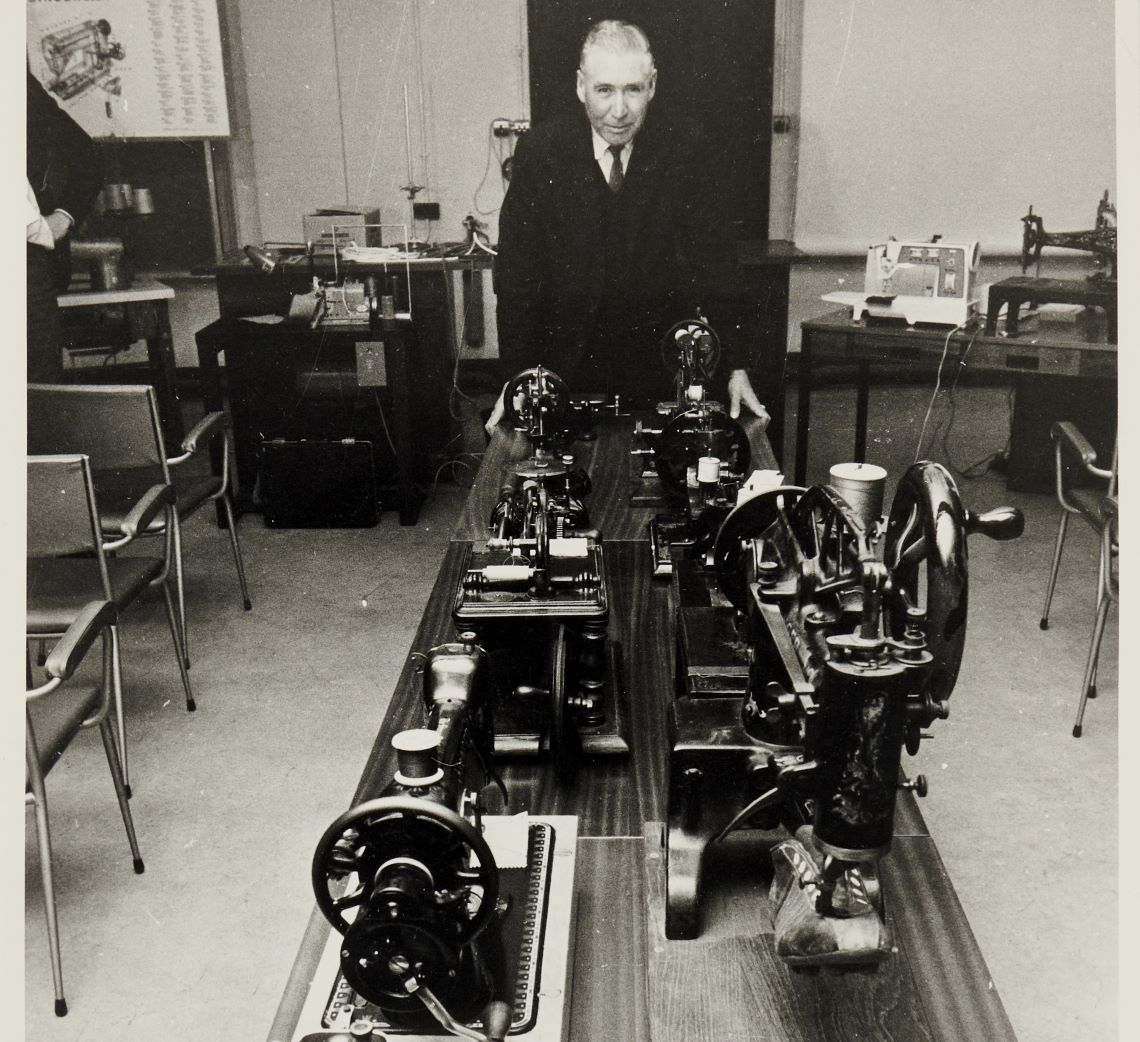
Sewing machines in all shapes and sizes
The true historical, cultural and educational value of the Barnett collection lies in the diversity of its machines. For example, the vast range of stitches they perform demonstrate the various uses of the sewing machine for both domestic and industrial purposes. Most machines used by families were lockstitch machines, which use a single needle and two threads. The collection also features industrial hemstitching machines, chain stitch machines which loop the threads rather than locking them, and even an early overlock machine which was used for edges and seams. Not all the machines are of the standard domestic size. From huge, unwieldy leather stitching machines, to the tiny ‘Moldacot’ machine which looks suspiciously like a bottle opener, the collection challenges our preconception of a sewing machine’s appearance.

The range of manufacturers within the collection also tells the history of sewing machine production. The dominance of American companies across the collections – particularly Singer – demonstrates that the British manufacturing market was slow on the uptake. Insights into German manufacturing history also become apparent, with the number of imported German machines reducing as a result of the World Wars.
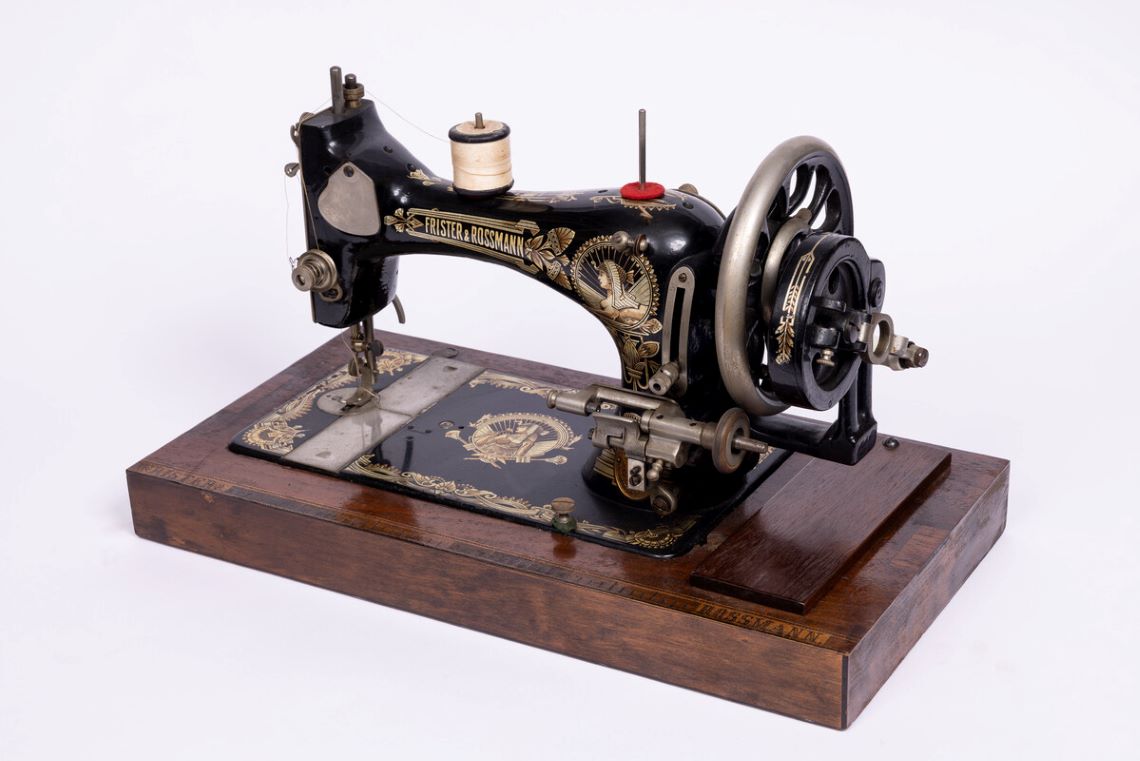
Whilst our focus is on the machines, there is one more thing we have to mention, and that’s the delightfully overdramatic names some of them sport. Two that stand out are the ‘Challenge’ and ‘Fearnaught’. Why would I want my sewing machine to be a ‘Challenge’? What do other sewing machines fear that the ‘Fearnaught’ does not? Unanswered questions.
Sew what?
Sewing machines are not just interesting artefacts within themselves; they also speak to a wider social, economic and environmental story, both historical and current. By engaging with our sewing collections, we’re hoping to show how garment making changed British society in the past and continues to impact the lives of people around the world today. For example, did you know that the sewing machine was the first international consumer good, and was instrumental in the history of patenting? The Singer sewing machine company invented hire purchase and part exchange, enabling working families to purchase their products. They also focused on overseas selling, and had a huge factory in Clydebank, Glasgow. Singer’s marketing strategy laid the foundations for how cars, radios, TVs and MERL merchandise would be sold in the following years. It’s no coincidence that in 1912, Singer was the seventh largest firm in the world. That same spot is held by Apple today.
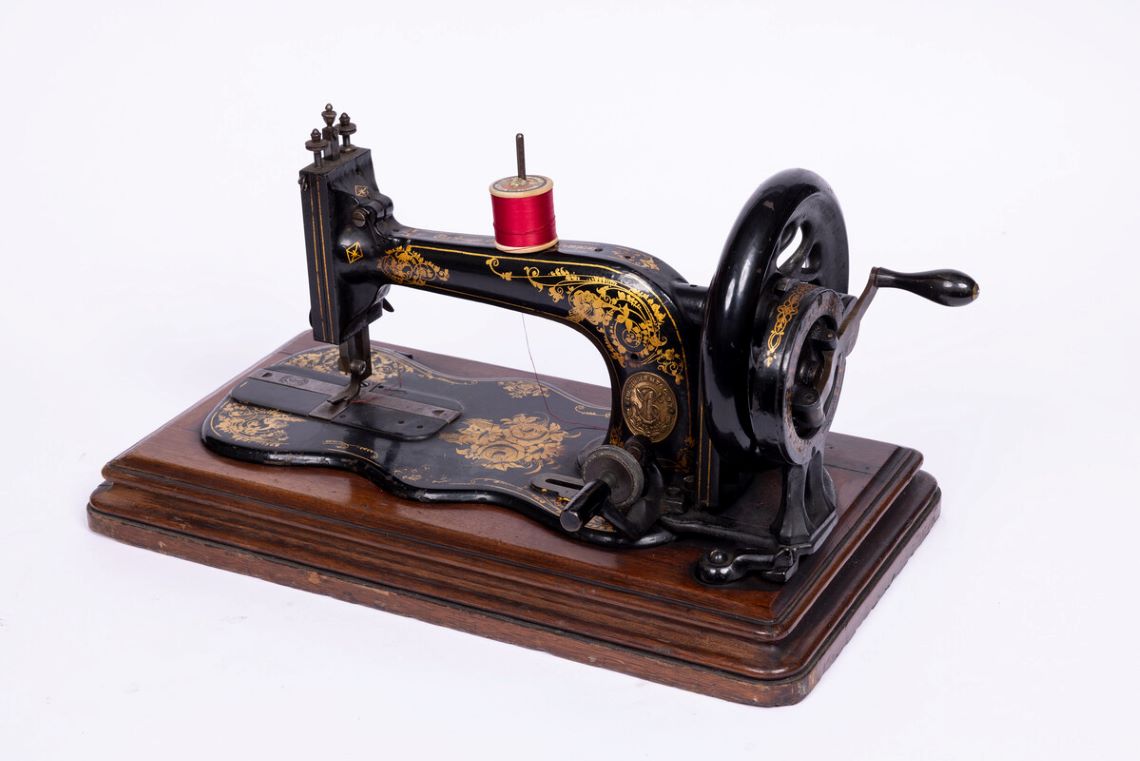
In addition, the sewing machine was a vessel for social change in a way that few other household items can lay claim to. The rapidly expanding textile industry in the late 19th century resulted in more women joining the workforce, sewing either from home or in cramped, poorly lit factories. The dreadful working conditions they suffered led to women joining unions for the first time. This increased involvement in politics was instrumental towards achieving women’s suffrage in 1918. One of our machines tells this story better than any other; Harris’s ‘Defiant’, specifically marketed towards suffragettes. In this case, we feel the machine’s dramatic name was fully earned.
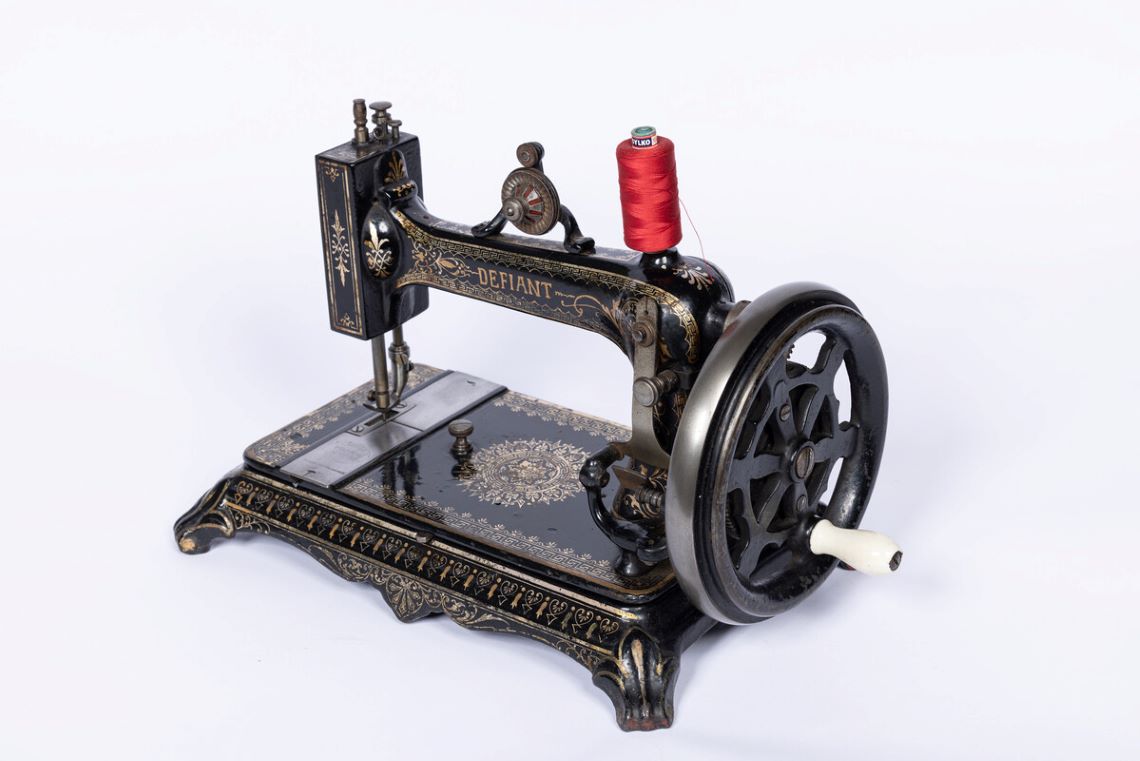
Issues in the garment industry did not end in the 20th century, however. Throughout the project we aim to educate on the problems in clothes manufacturing today. Sewing machines began the phenomenon of fast fashion – the trend of rapidly changing, disposable clothing styles. Social reforms in the UK did not remove the problems that fast fashion caused for workers, just exported them. Now, people in low and middle income countries labour in unsafe sweatshops for minimal pay. We want to both highlight these issues and suggest how every one of us can contribute to slowing down fast fashion. We’ve also been surprised by the extent of the environmental issues caused by clothes making today; not just carbon production, but also water wastage, the use of non-degradable fibres and chemical runoffs.
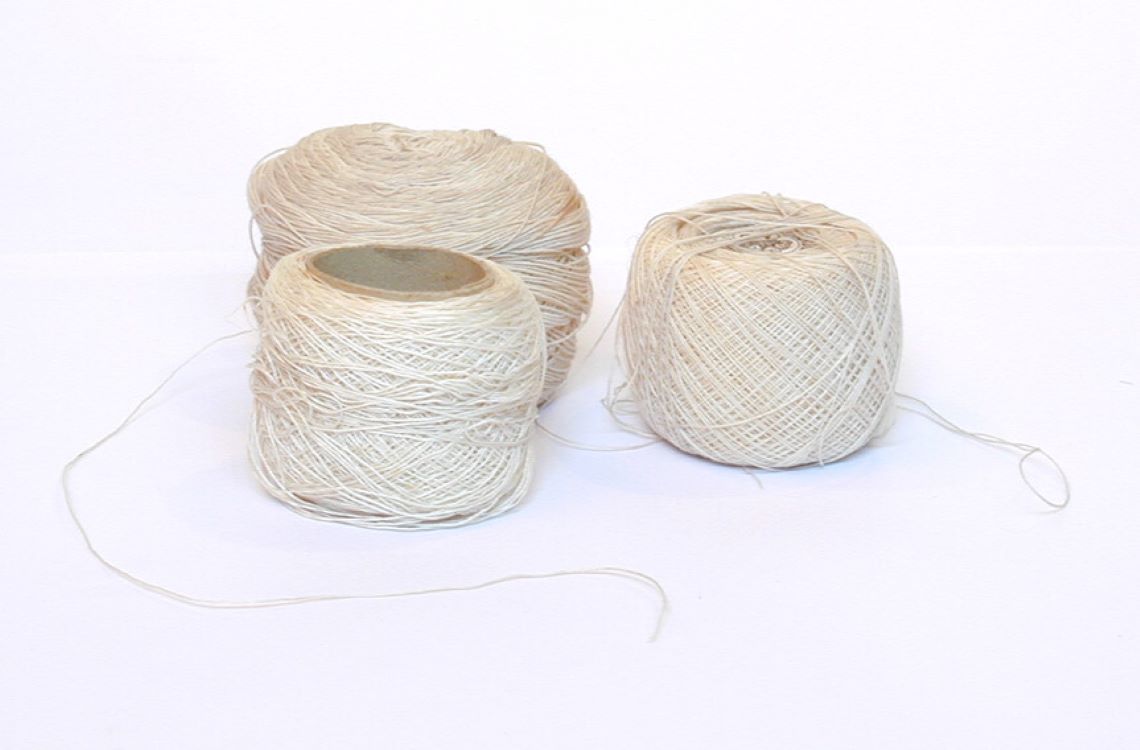
Events and content to look out for
As well as improving access to the collection of sewing machines, we’ll also be threading together some great content and events in the coming months.
I can’t wait! I need to see a Little Wanzer now!
Yes, there is a sewing machine called the Little Wanzer. And we’re keen for you to see it too!
If you would like to view any of our historic collection of machines, or the accompanying archive of instruction manuals and publication materials, have a look on our searchable Enterprise catalogue under “sewing machine” or “Barnett”. You can then contact merl@reading.ac.uk to arrange a visit.
